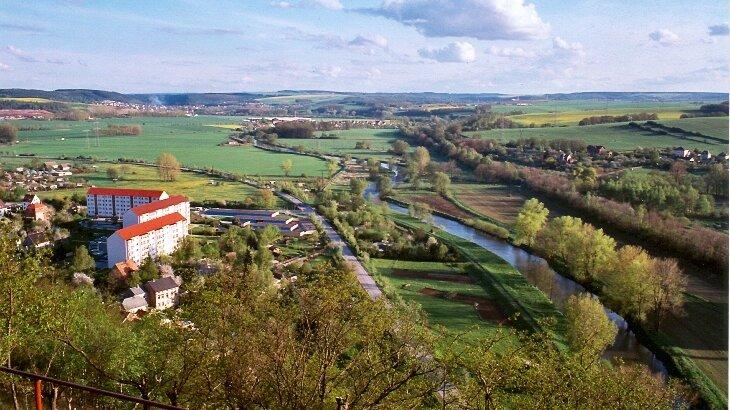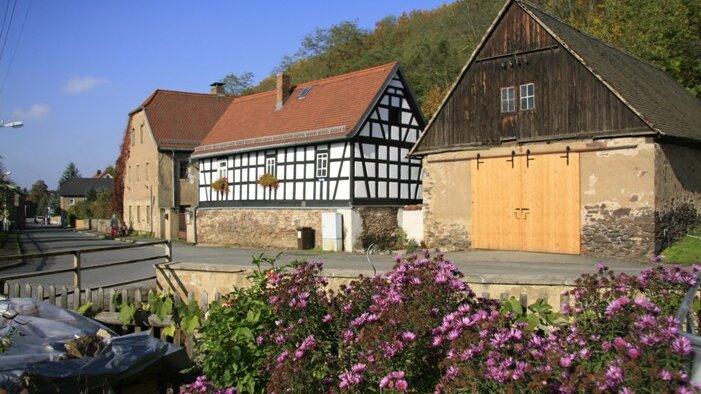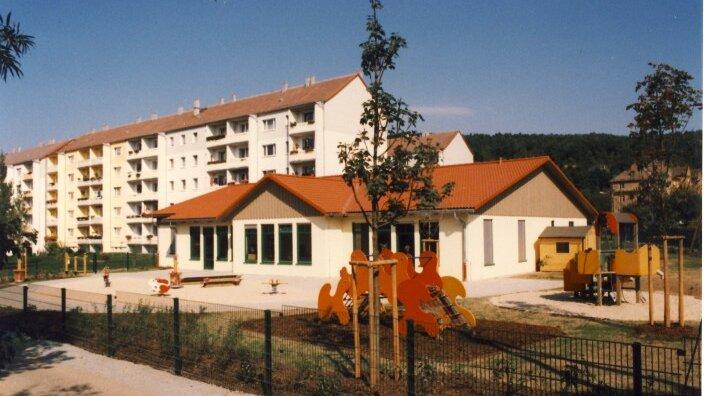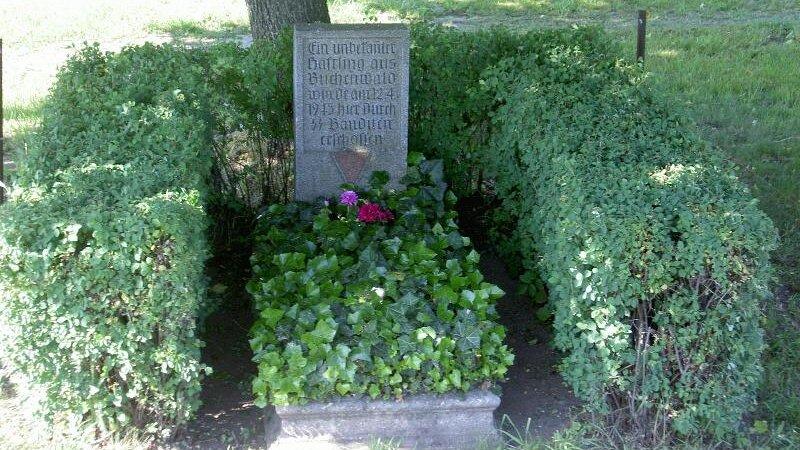District Liebschwitz
Data and facts
| Name of the district: | Liebschwitz |
| with the localities: | |
| District of the city of Gera since: | 26.04.1950 |
| Surface area: | 327 ha |
| Population: (as at: 31.12.2022) | 1.348 |
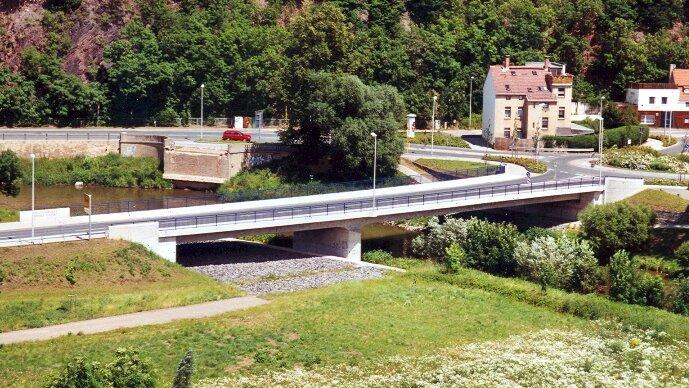
Location and transport connections
| Location: | Liebschwitz is located on the southern outskirts of Gera and extends at an altitude of between 200 and 285 m above sea level in a northwest-southeast direction from the Elster river floodplain, along the Zoitzberg and Mühlberg to the valley of the Wipse and the slopes of the Hain. To the south, the agricultural areas of the Elster floodplain of Meilitz and Untitz border the village. To the north, the districts of Taubenpreskeln and Zwötzen form the connection to Gera city center |
| Utilization: | The existing, evolved location is small-town in character and reflects the historical combination of working and living in terms of design. In addition to medium-sized and small craft and service businesses in the area, the Zwickauer Straße industrial estate is home to various larger companies, some of which are of supra-regional importance. |
| Landscape and site design: | The landscape is characterized by a floodplain landscape, meadows and forest. From the heights, you have a comprehensive view of the entire area around Gera, of the Wünschendorf basin to the south, the "Elsterpforte" between Zoitzberg and Heeresberg, to the west of the colored sandstone of the forest heights of the left Elsterrufer and to the north of the city itself. There are extensive hiking trails, including the Thuringian hiking trail that leads over the summit of the Zoitzberg directly through the town and in the Wipsetal hiking area to the Wismut revitalization area near Lichtenberg. The "Elsterradweg" cycle path leads along the White Elster. The street structure of the village is small-town in character. |
| Transport connections: | Liebschwitz is connected to the B 92 via the traffic circle and the Friedensbrücke bridge; the inner connection is via the municipal roads. Liebschwitz is connected to the city center by public transport via bus line 16, which runs every 20 minutes, and to the district of Lusan via tram line 18, which runs every hour, by changing to tram line 1. |
History
History of Liebschwitz
(Authors: Stefan Bauch, district councillor; Michael Schleicher, district mayor)
The village of Liebschwitz was founded as a Slavic village and was first documented in 1209.
As an enclave belonging to Saxony, Liebschwitz and other surrounding villages only became part of Thuringia in 1928. The necessary state treaty was signed in the historic Liebschwitz restaurant "Apfelweinschänke".
On July 1, 1950, the town was incorporated into Gera. Since then, Liebschwitz has been one of Gera's largest districts.
In the south of the town, in the Elster valley, a historically important trade route runs through the town - the salt route.
The Zoitzbrücke bridge over the Weiße Elster, a predecessor of the current bridge, was also an important transport link in the past.
Since the construction of the new Friedensbrücke bridge and the traffic circle, this has been the most important road connection in the village. This provides a connection to the federal highway 92 and the bypass (Zwickauer Straße) to Werdau - Zwickau, which was built in 1959.
The history of the village is marked by a flood with devastating consequences: in April 1654, the parish office, the church and the cemetery were washed away by the water flowing from the Wipsetal valley and bridges, houses and the manor house were severely damaged. Liebschwitz has been without a cemetery since this time.
Today, the square is dominated by the church built in 1677, the smithy and the rectory not far from it, as well as the upper mill. This part of Teichstraße is a listed building - ensemble protection.
The former large village pond was filled in by "Wismut" in 1964. The school, which was built in 1905 and stands in the middle of the deciduous forest on the Schieferberg, towers over the village.
The school, which operates as an elementary school, has been known as the "Waldschule" since September 1998. Pupils from the village as well as from all over the city learned there according to the Maria Montessori learning methods. The school was closed on 01.08.2009 for capacity and renovation reasons.
The new day care center "Wipsezwerge", which is run by the Diakonie, was built in 1997 after a short construction period. Not far away is the gymnasium with the sports fields of the 1861 Liebschwitz sports club with its soccer, chess and women's gymnastics sections. The hall and sports field are also used for kindergarten sports. The demolition and new construction of the sports hall attached to the sports hall with changing rooms, sanitary facilities and a small restaurant took place in 2004.
There are two public playgrounds in the village.
